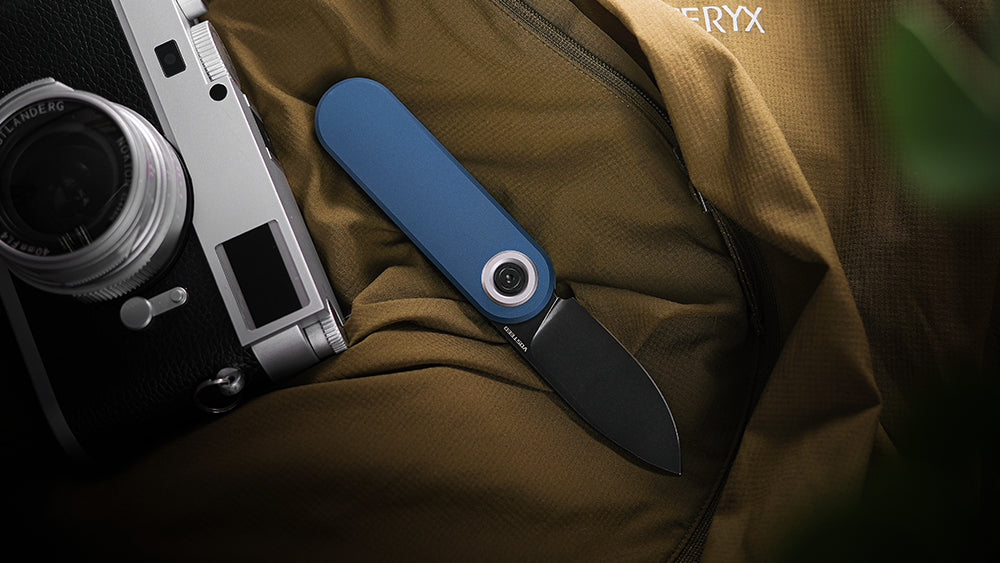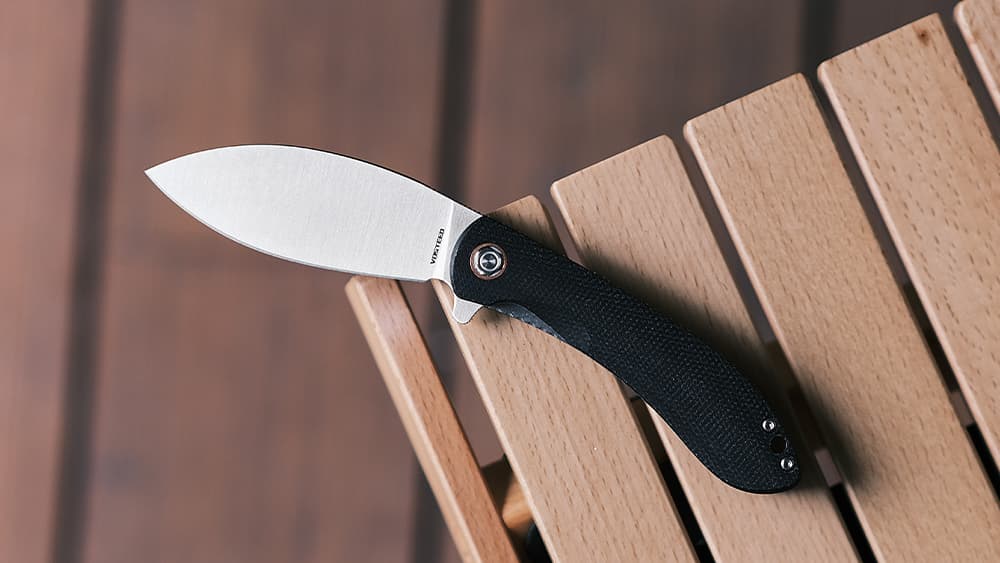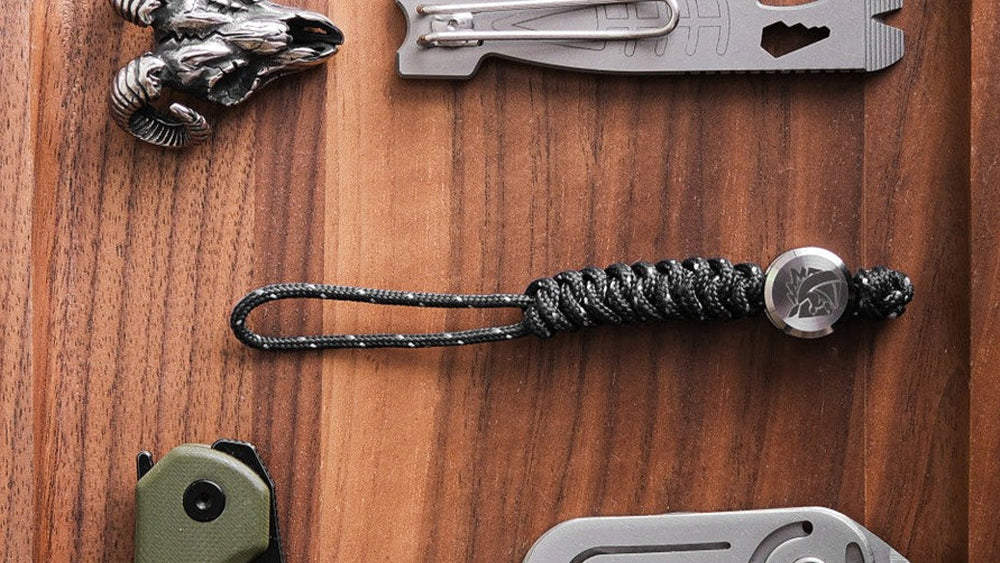When you're out in the woods, your knife isn't just a tool. It’s part of your daily rhythm. You reach for it in the morning to prep kindling. You use it again at night to cut cordage or prep food. If it can’t keep up, you’ll feel it fast. A real bushcraft knife does more than just cut—it supports every task that matters.

Task 1: Wood Processing
The first real test for any bushcraft knife is wood processing. This is about more than just hacking at logs. You’ll often need to:
- Baton through small logs to reach dry wood
- Carve feather sticks
- Shape branches for shelters or traps
A proper bushcraft knife should:
| Feature | Why It Matters |
| Full Tang | Handles batoning without breaking |
| Flat Grind or Scandi | Helps with clean slicing and control |
| 3.5–5” Blade Length | Long enough to baton, short enough to carve |
| Comfortable Handle | Reduces hand fatigue over long sessions |
If your knife gets stuck in wood, breaks easily, or feels wobbly in your hand, it's not good. A good knife should cut through dry wood easily and make thin, clean pieces from soft wood. Understanding these characteristics is crucial when selecting your outdoor blade - our guide on selecting the ideal camping knife covers these features in greater detail.
Task 2: Fire Craft
You need fire in the wild. Your knife is important for starting and keeping a fire going. To see if it's good for making fire, check these things:
- Can it carve fine feather curls from dry sticks?
- Does its spine throw sparks from a ferro rod?
- Can it create tinder quickly from dry bark or fatwood?
The spine of a bushcraft knife should be square-edged and uncoated. If it’s rounded or polished, it won’t strike a ferro rod well. Curls should be thin enough to catch a spark quickly. You should not need to press hard to shave slivers.
A strong firecraft blade saves time and energy. If your knife hesitates, you risk losing daylight—or worse, warmth.
Task 3: Food Prep
After fire comes food. Whether you're slicing trout or peeling bark for seasoning, your knife must be sharp and nimble. Many survival-style knives are too thick behind the edge. That leads to crushed food, not clean cuts.

Here’s what to look for:
- A thin edge that slices well without tearing
- Stainless or high-carbon steel that resists rust from meat or juice - the right steel type makes a significant difference in edge retention and corrosion resistance during food preparation
- A belly in the blade for rocking motions
- A pointed tip for fine tasks like gutting or scoring
| Task | Good Knife Behavior |
| Cutting Meat | Clean slices, no tearing |
| Vegetables/Plants | No wedging or crushing |
| Fish Prep | Tip control and fine slicing |
Food is a daily need. If your knife doesn’t glide through raw materials, you’ll struggle at every meal. While a good bushcraft knife can handle basic fish preparation, serious anglers might want to check out specialized fishing knives for more efficient processing of your catch.
Task 4: Detailed Carving & Tool Making
Not all cuts are quick and strong. Some need a slow, steady hand. A solid bushcraft knife should also be a good carver. It should help you make tools, traps, and even wooden pegs or utensils.
The ideal knife for this task has:
- A sharp point for piercing
- Flat belly for controlled slicing
- A spine that fits your thumb or finger for guided push cuts
- No finger guards that block up-close control
Tool-making often involves:
- Notching branches
- Whittling points or hooks
- Carving grooves for cord retention
This is where balance shows. If your blade feels too heavy or awkward, carving becomes tiring. If the steel chips or dulls quickly, your lines will be ragged and your tools unreliable.
Task 5: Camp Maintenance & Repairs
Once camp is set up, the work isn’t over. There’s cord to cut, surfaces to scrape, and small repairs to make. Your knife needs to handle nylon, bark, canvas, and even plastic.
Here’s a breakdown:
| Material | Test |
| Paracord/Rope | Should slice without fraying |
| Bark | Should scrape cleanly without digging |
| Plastic/Canvas | Should pierce and glide, not tear |
A knife that snags cord or skids off plastic can be dangerous. Look for one that holds its edge even after tough jobs. Some users prefer a micro-serrated edge for rope, but a well-sharpened plain edge often does better.
The spine also plays a key role here. It should be sharp enough to scrape pitch or clean a ferro rod without gouging.

Bonus Task: The Sheath Test
No matter how great the blade, it’s only helpful if you can carry and reach it easily. A solid sheath protects both you and the edge.
Evaluate based on:
- Material: Leather, Kydex, or tough nylon
- Retention: Does the knife stay put when you move?
- Positioning: Can you draw and resheath with one hand?
- Belt compatibility: Fits your belt width or MOLLE pack
| Sheath Type | Pros | Cons |
| Leather | Quiet, traditional, durable | Absorbs moisture |
| Kydex | Waterproof, excellent lockup | Noisy, can be bulky |
| Nylon | Lightweight, flexible | Less rigid, can loosen over time |
In wet or cold weather, easy access to your knife can be a game changer. A poorly designed sheath slows you down and may even cause injury.
The Bottom Line: Your Bushcraft Knife Checklist
Some knives look rugged but fall short in the wild. Others stay sharp, safe, and ready, no matter what the woods throw at you. If your blade can split wood, spark fire, prep meals, carve tools, and handle repairs—while riding in a reliable sheath—it’s earned its place on your hip. Choose wisely, and you’ll carry confidence with every cut.





Leave a comment
All comments are moderated before being published.
This site is protected by hCaptcha and the hCaptcha Privacy Policy and Terms of Service apply.